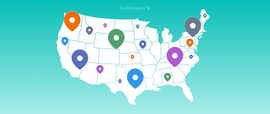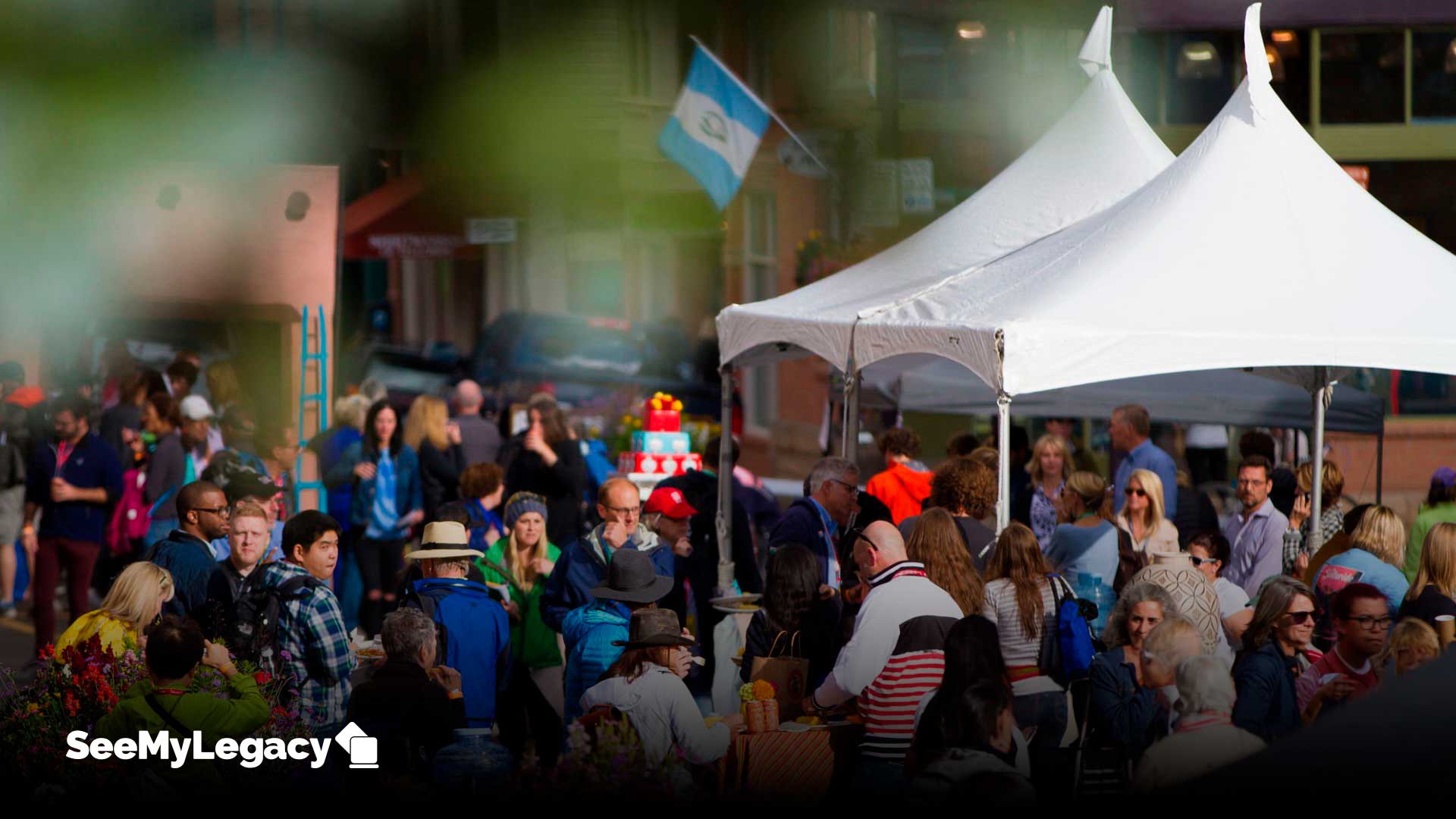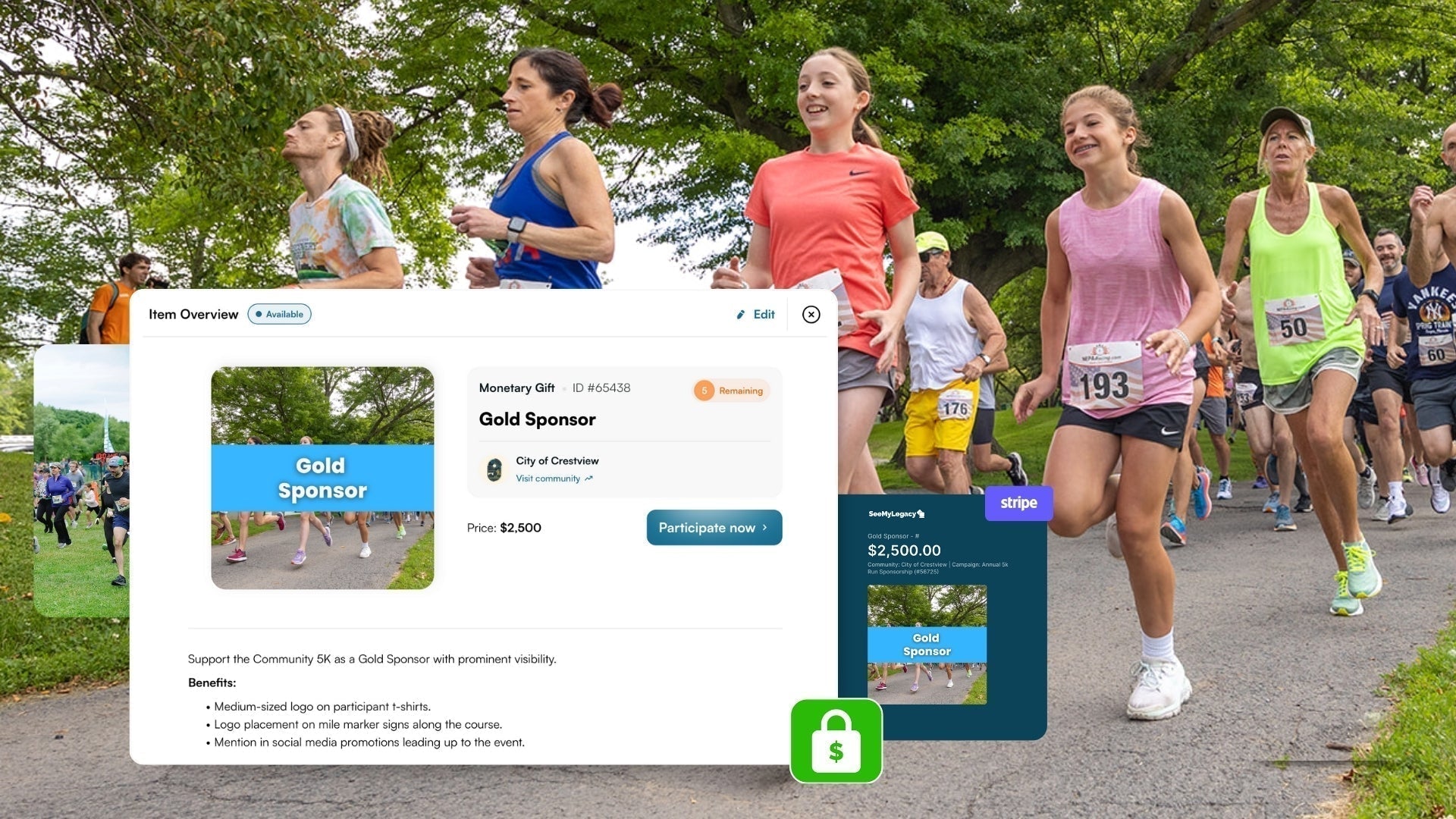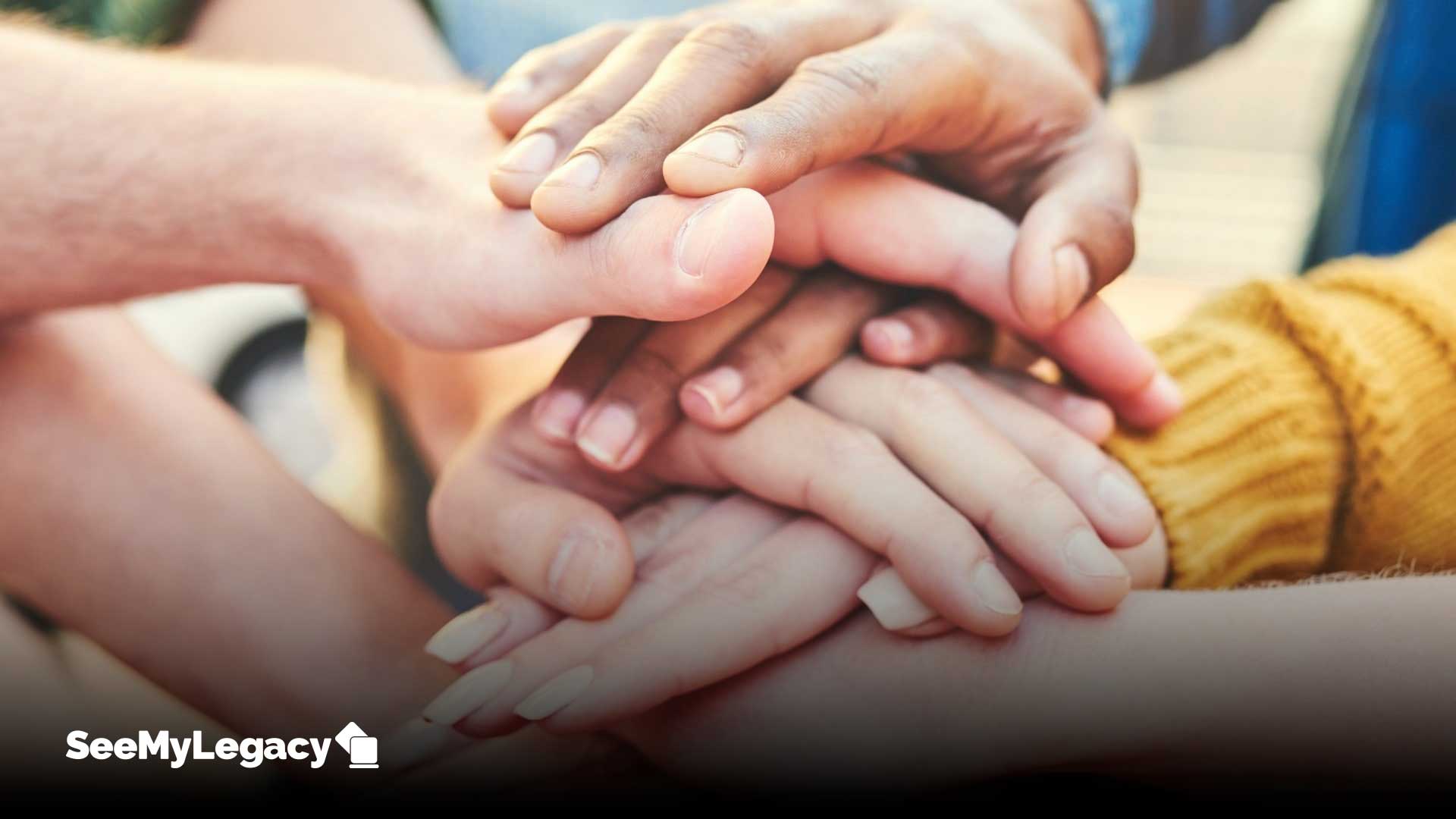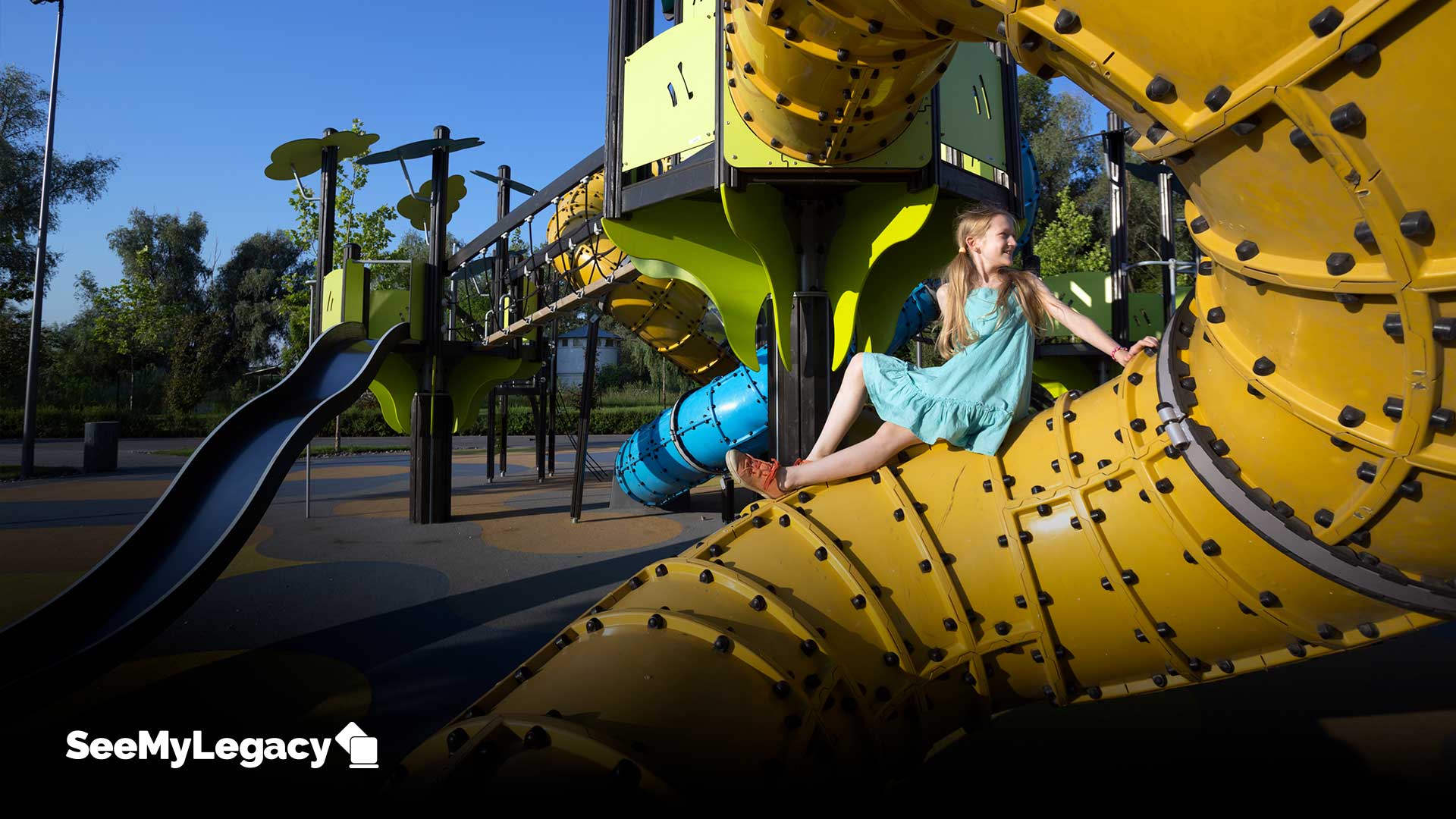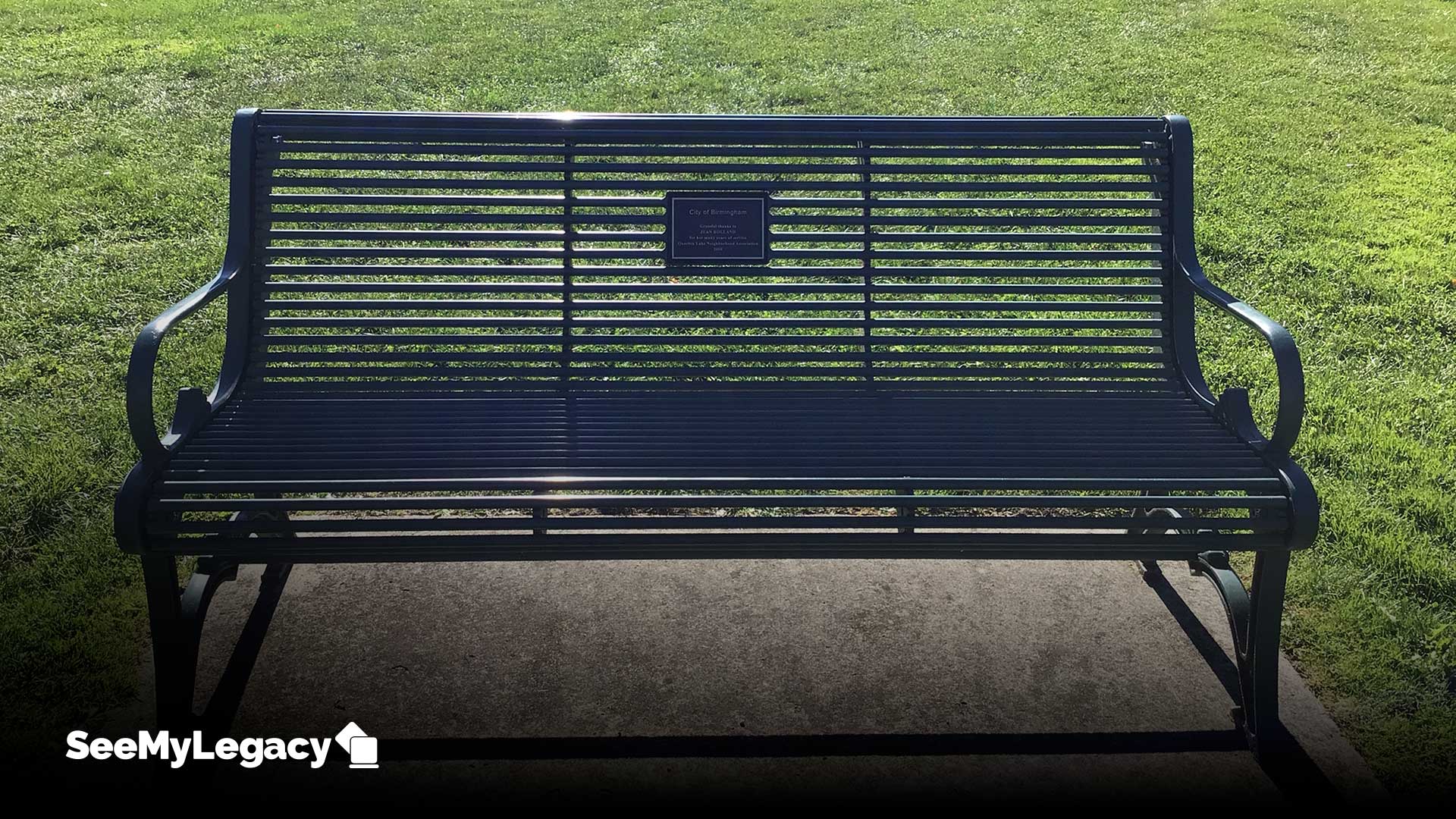Did you know that 74% of Americans want to work on mutual community goals, yet only 17% have, signaling a demand for more engagement opportunities? Limited resources, accessibility and traditional methods often hinder participation.
However, cities are now adopting innovative tools, such as community engagement tools, digital storytelling, volunteer platforms, and integrated sponsorship models to bridge this gap and enhance civic engagement.
A thriving city isn’t just about infrastructure—it’s about fostering a sense of belonging, trust, and shared responsibility among residents. In fact, a report by the National Conference on Citizenship (NCoC) found that communities with high civic engagement experience stronger economic resilience and greater public trust.
Modern engagement methods—such as community engagement software, digital volunteer platforms, and integrated sponsorship programs, can spark active participation and community pride.
Here are the top innovative ways cities can use community engagement tools:
Engaging the Community Through Meaningful Initiatives
Community engagement thrives when residents feel personally invested in their surroundings. Cities can create opportunities for meaningful participation with community engagement tools by offering diverse and accessible programs that allow individuals to leave a lasting impact
- Memorial Programs: Honor local legacies and deepen local connections through digital dedications such as commemorative tree programs or bench programs, with memorial plaques that offer rich multimedia narratives, providing a deeper connection to the honorees.
- Volunteer Opportunities: Encourage civic participation by providing well-organized programs that make it easy for residents to contribute and stay involved.
- Public Education Through QR Codes: Enhance local landmarks with interactive learning experiences by integrating QR codes that provide engaging historical and cultural insights. This complements other storytelling initiatives, offering multiple touchpoints for residents to engage with their city’s heritage.
These initiatives honor the past and inspire ongoing civic engagement, setting the stage for creating dynamic spaces where communities come together, share experiences, and take collective ownership of their surroundings.
Transforming Public Spaces Through Digital Storytelling
Public spaces should be more than parks, plazas, or transit hubs. They should serve as dynamic gathering places encouraging interaction, creativity, and a sense of community. Cities can transform these spaces by incorporating interactive elements such as art installations, community gardens, and storytelling features that bring history and local culture to life.
For example, community engagement tools like memorial plaques can provide educational content about local landmarks, while geolocation-based apps trigger audio narratives that offer real-time insights. In parallel, donor recognition programs showcase community contributors, fostering a sense of pride and continuity.

Physical contributions can also play a vital role, for instance, the 'Buy a Brick' fundraiser campaign implemented by Vestavia Hills, Alabama, to fund their Veterans Memorial Park. This allows residents to leave a personalized, lasting mark within the public space, directly supporting its development. By embedding stories and tangible contributions within public spaces, cities can create educational and inspiring environments while building community pride.
An all-in-one platform like SeeMyLegacy is an efficient community engagement tool that lets residents sign up for volunteer roles, sponsor events, explore landmarks via mobile devices, and even purchase commemorative items like personalized bricks.
Strengthening Civic Participation Through Volunteerism
Engaging public spaces encourages deeper resident participation. As public spaces come to life with stories and interactive experiences, the next step is to foster a deeper connection through active participation and volunteerism.
For example, the Chicago Park District's Community Stewardship Program, which includes the Adopt-a-Park initiative, successfully engaged 2,600 residents in 2022, contributing over 13,700 volunteer hours to maintain 26 natural areas. These efforts not only enhanced green spaces but also bolstered local unity and environmental resilience.
A key factor in the program's success was the use of a centralized digital platform that streamlined sign-ups, tracked participation, and recognized volunteer contributions. By simplifying the volunteer process and celebrating participants' efforts, the platform sustained long-term involvement and fostered a culture of civic pride.
Cities looking to replicate this success can adopt similar systems that:
- Make it easy for residents to discover and join volunteer opportunities.
- Track and recognize individual contributions, fostering a sense of ownership.
- Provide ongoing feedback and visibility, ensuring sustained engagement.
With community engagement tools like SeeMyLegacy, cities can centralize volunteer opportunities, track participation, and highlight community contributions, creating a seamless and rewarding experience for residents. By nurturing volunteerism through streamlined systems, cities can cultivate deeper civic connections while maintaining vibrant public spaces.
Building Stronger Partnerships with Local Businesses
While volunteerism strengthens the bond between residents and their community, partnerships with local businesses further amplify civic efforts by providing essential support and resources.
Local businesses are critical in supporting community initiatives through sponsorships and funding. Towns, cities and municipalities can establish structured programs that allow companies to contribute to public projects while receiving recognition for their support.
The community development program by Bank of America for the city of Charlotte shows how corporate sponsorships can help maintain public spaces while giving businesses a platform to showcase their commitment to the community.
Similarly, businesses and organizations can sponsor local events, public art, and infrastructure improvements, fostering a collaborative environment where public and private sectors work together to enhance civic vitality.
When cities formalize these sponsorship arrangements and provide clear visibility for sponsors, they create mutually beneficial partnerships that contribute to the community's vibrancy and sustainability.
By merging the efforts of residents, businesses, and city initiatives, community engagement tools like SeeMyLegacy can streamline and elevate the collective impact, creating a seamless bridge between innovation and tradition.
Why Community Engagement Matters

Community engagement goes beyond participation—it cultivates trust and empowers residents, and empowers residents to shape the future of their communities. When individuals feel connected to their surroundings and have a voice in local decision-making, they become more invested in their community’s success, resulting in long-term social and economic benefits.
Stronger Civic Identity:
Engaged communities develop a stronger sense of belonging and civic pride. For example, in Detroit, the “Motor City Makeover” initiative mobilizes thousands of residents annually to clean up neighborhoods, plant trees, and improve public spaces. This citywide effort not only revitalizes urban areas but also instills a shared sense of responsibility and pride among participants.
Resilience and Sustainability:
Engagement efforts contribute to environmental sustainability and community resilience. In Houston, the “Adopt-a-Drain” program empowers residents to prevent flooding by clearing debris from storm drains, helping mitigate the impact of heavy rainfall and improving drainage systems. By actively participating in maintaining public infrastructure, residents play a direct role in protecting their neighborhoods from climate-related challenges.
Economic and Social Impact:
Cities that prioritize community engagement often witness positive economic and social outcomes. In Philadelphia, the "Rebuild Philadelphia" initiative leverages community input to guide the revitalization of parks, recreation centers, and libraries. By engaging residents throughout the planning and implementation phases, the city ensures that investments reflect community priorities while creating local job opportunities and strengthening civic trust.
Inclusive Decision-Making:
Community engagement ensures that diverse voices are included in shaping civic initiatives. In Seattle, the “Your Voice, Your Choice” participatory budgeting program allows residents to propose and vote on neighborhood improvement projects. This inclusive approach ensures that marginalized and underserved communities have a say in determining how public funds are allocated, promoting equity and inclusivity in urban development.
By fostering a culture of collaboration and shared ownership, cities can enhance civic engagement, build trust, and create vibrant, resilient communities that thrive for generations to come.
How SeeMyLegacy Can Help in Community Engagement
SeeMyLegacy offers an all-in-one platform to streamline processes with its community engagement tools:
- Interactive Storytelling: Cities can use QR-linked plaques to share multimedia stories about landmarks and heroes.
- Centralized Campaigns: It manages memorial programs, donor recognition, and fundraising efforts.
- Volunteer Engagement: Tracks participation and encourages involvement with interactive features.
- Streamlined Sponsorship & Fundraising: Showcases sponsorship opportunities to fund projects and recognize donors.
Discover how SeeMyLegacy can streamline your city’s engagement efforts and enhance community impact. Schedule a demo today at SeeMyLegacy.com
